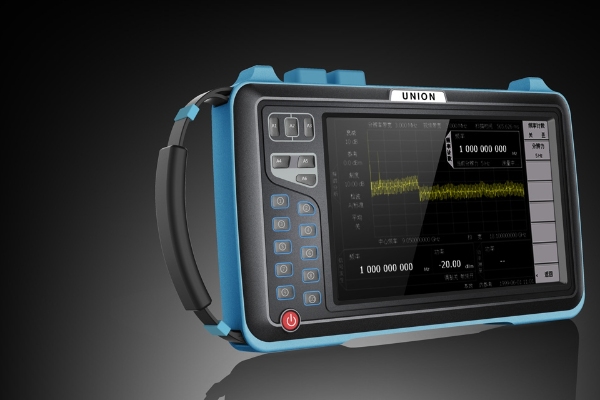Ultrasonic Testing (UT) is a non-destructive inspection technology that is widely used in industry. By utilizing the principle that ultrasonic waves propagate and reflect in matter,
UT is able to quickly and accurately detect defects and damage in materials, providing an important means of quality assurance for the manufacturing industry.
Application of Acoustic Fingerprint Sensor
At the heart of UT technology is the acoustic transducer, which is capable of converting electrical energy into ultrasonic energy and converting the reflected back signal into an electrical signal.
This highly sensitive sensor enables UT technology to detect minute material defects such as cracks, inclusions or voids. In industrial production, UT can be used to detect the quality of metals,
composites, ceramics and other materials

High Precision Detection and Quality Control
Characterized by high detection accuracy and reliability, UT technology is capable of detecting minute defects, identifying different types of damage, and estimating their size and location.
This provides the manufacturing industry with a timely and accurate means of quality control, helping companies to improve the reliability and safety of their products. In addition, UT is able
to inspect and monitor materials or structures over their lifetime. Through regular inspections, the wear and tear of a material or structure can be predicted and preventive maintenance
measures can be taken to extend its service life.
UT technology in the medical field
In addition to the industrial field, UT technology has a wide range of applications in the medical field. Ultrasound is widely used in medical image detection because it has many advantages
such as non-toxic, non-invasive and real-time. Ultrasound detection has important applications in the fields of obstetrics and gynecology, cardiology, and gastroenterology.
For example, in the field of obstetrics and gynecology, ultrasound testing can be used to monitor the fetus of a pregnant woman and detect fetal abnormalities such as birth defects and
growth retardation. In cardiology, ultrasound can help doctors observe the structure and function of the heart and diagnose and monitor heart lesions. In gastroenterology, ultrasound can be
used to detect diseases of the hepatobiliary system and intestinal disorders.

Development trend and future outlook
With the continuous progress of science and technology, UT technology is also developing. On the one hand, the advancement of sensor technology enables UT technology to detect tiny defects
more accurately, improving the accuracy and efficiency of detection. On the other hand, the application of data analysis and machine learning also enables UT technology to be more intelligent
and automated. In the future, UT technology is expected to be applied in more fields. For example, UT technology can be combined with technologies such as drones for monitoring and
maintenance of large-scale infrastructures; UT technology can also be used for research and development and inspection of new materials to improve the quality and performance of materials.
In conclusion, ultrasonic testing (UT) is a highly promising technology, which not only plays an important role in industrial production, but also shows a broad prospect in the medical field.
With the progress of science and technology and the expansion of applications, UT technology will bring more convenience and safety to our production and life.